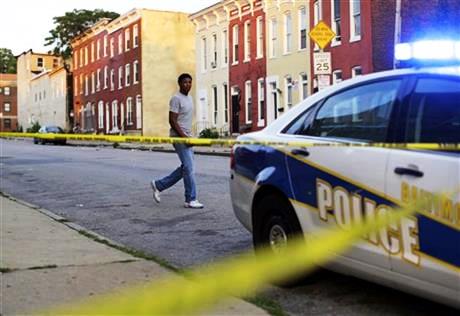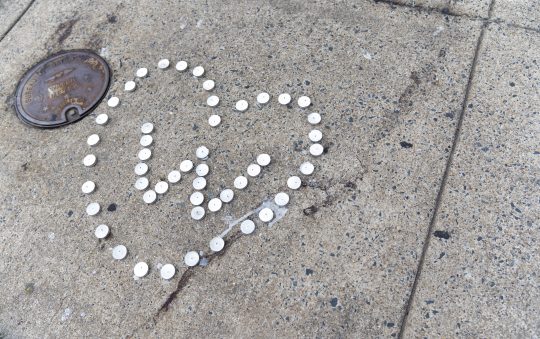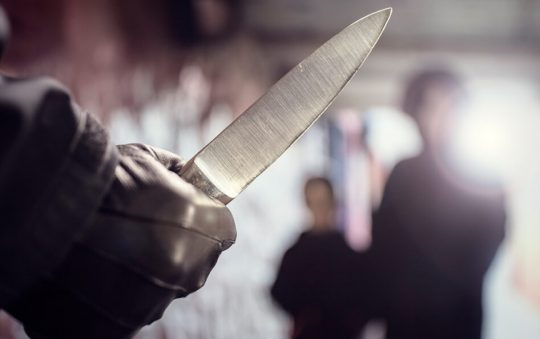
Fresh off its deadliest month in 43 years, Baltimore saw 11 people shot — and two of them killed — in the first two days of August.
The latest incident occurred early Sunday August 2 in northwest Baltimore, acting Police Commissioner Kevin Davis
said at a news conference held to announce the creation of a multiagency task for to deal with the upswing in homicides plaguing the city.
Davis said the Baltimore Federal Homicide Task Force, a new partnership among the police department and five federal law enforcement agencies, will go into effect Monday and operate for 60 days.
The task force will include two agents each from the Federal Bureau of Investigation, the Drug Enforcement Administration, the Bureau of Alcohol, Tobacco, Firearms and Explosives, the U.S. Marshals Service and the Secret Service, who will be embedded on the streets of Baltimore with the police department’s homicide unit.
“Certainly the post-unrest period in Baltimore is something to be reckoned with,” Davis said Sunday. “There are a number of different circumstances that are contributing to where we are now. But it all comes back to the gangs, the violent repeat offenders and the drug organizations.”
The latest shooting, Davis said, was a “retaliatory act of violence” in which seven people were shot.
He said one of the victims is a documented member of the Black Guerilla Family gang, and that two others had been victims of gang-related shootings in previous years.
The weekend’s violence follows a disturbing surge in homicides in Baltimore over the past three months, reaching a high in July with 45 killings_the most the city has seen in a single month since 1972.
The homicide rate in Baltimore began to skyrocket in May following a period of civil unrest following the death of Freddie Gray, when the city saw 42 homicides in a single month. There was a brief dip in June, with 29 killings, however the number shot up again in July, breaking a 43-year record.
Davis said more people are arming themselves on the streets, and that the department has seized 20 percent more guns than it had by this time last year. Davis also said the influx of prescription pills — 32 pharmacies were looted during the April 27 riot and nearly 300,000 doses of prescription medication stolen — has contributed to Baltimore’s spiking violence.
As of Sunday, the department’s “clearance rate” for closing homicide cases is 36 percent — significantly lower than its 46 percent average.
But Davis said the uptick in homicides is not unique to Baltimore: other cities across the country, such as St. Louis, Chicago, New Orleans and Milwaukee, are also experiencing severe homicide spikes. Davis said he will join other police chiefs from across the country Monday to discuss strategies to quell the violence.
“We are not sitting still in Baltimore,” he said. “This is not something we’re satisfied with. We are punching back. And we will continue to punch back as collaboratively and creatively as we can until we can break through this.”






